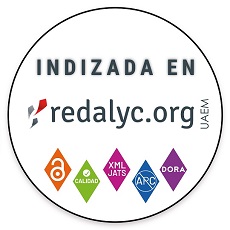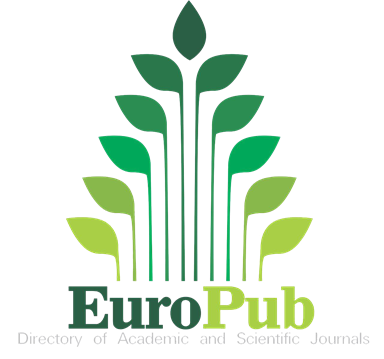Cambios en la composición bioquímica y su aplicabilidad en el uso de follajes verdes como fuente de materia orgánica y nutrimentos en sistemas agroforestales
Biochemical Changes and their Application for Green Manure use, as Organic Matter and Nutrient Source, in Agroforestry Systems
Keywords:
composición bioquímica, follajes verdes, materia orgánica, nutrimentos, sistemas agroforestales, descomposición, conservación (es)decomposition indicators, lignine/nitrogen ratio, green manure, Colombian midlands (en)
Downloads
esta práctica por la aparente escasez de fuentes de abono verde en sus fincas, ignorando que algunas especies arbóreas, presentes en sus fincas o en las de sus vecinos, pueden constituirse en las fuentes buscadas. En otro caso, si el agricultor está usando abonos verdes, la mayoría de las veces, ignora si el material usado es capaz de descomponerse y liberar los nutrimentos en el lapso que corresponde al desarrollo del cultivo. En este sentido, lo ideal sería conocer tanto la curva de nutrientes requeridos por el
cultivo, como la curva de liberación de los mismos a través del tiempo, a fin de ajustar las dos en el campo para lograr la máxima eficiencia. En las dos situaciones planteadas, es importante disponer de un indicador que permita elegir una
fuente de abono verde en el momento de su aplicación. Hasta ahora, esto se puede lograr a través de estudios exhaustivos de la dinámica de descomposición. Sin embargo, estos estudios son complejos y costosos en dinero y tiempo, por lo
tanto inaccesibles para el agricultor. En este trabajo se evalúan los indicadores más importantes, reportados por la literatura, a través del proceso de descomposición y liberación de nutrimentos del follaje de ocho especies de interés agroforestal en la franja premontano de Colombia
y se concluye que, para este grupo de especies, la relación ligninalnitrógeno inicial del follaje resultó ser el indicador más robusto, permitiendo predecir la velocidad de descomposición.
manure sources in their farms, ignoring the fact that some species, present in their farms or close to them, can fill their requirements. In other situation, when the farmer already is using green manure, in most cases, he ignores if the used material is able to release the organic matter and nutrients, matching the crop requirements, during the season growth. In this way, the goal could be that the farmer be able to apply both, the curve of the crop nutrient requirements, and the curve of the green manure nutrient release, to achieve the best crop performance. In both of the described situations it
is important to have an indicator to choose a green manure source. Today it is possible to know the decomposition and mineralization rates and dynamies, through expensive, in time and money, besides of very complex experiments. In consecuence practicaliy no farmers are interested in doing them. This research tested the most important decomposition
indicators, reported by the literature, through the decomposition and nutrient release process observed in the foliage of eight common species from the Colombian Midlands. The foundings of this research suggest that for the tested species the lignine/nitrogen ratio is the most robust indicator predicting the decomposition rate.
How to Cite
APA
ACM
ACS
ABNT
Chicago
Harvard
IEEE
MLA
Turabian
Vancouver
Download Citation
Article abstract page views
Downloads
License
Copyright (c) 1995 Agronomía Colombiana

This work is licensed under a Creative Commons Attribution-NonCommercial-ShareAlike 4.0 International License.
© Centro Editorial de la Facultad de Ciencias Agrarias, Universidad Nacional de Colombia
Reproduction and quotation of material appearing in the journal is authorized provided the following are explicitly indicated: journal name, author(s) name, year, volume, issue and pages of the source. The ideas and observations recorded by the authors are their own and do not necessarily represent the views and policies of the Universidad Nacional de Colombia. Mention of products or commercial firms in the journal does not constitute a recommendation or endorsement on the part of the Universidad Nacional de Colombia; furthermore, the use of such products should comply with the product label recommendations.
The Creative Commons license used by Agronomia Colombiana journal is: Attribution - NonCommercial - ShareAlike (by-nc-sa)

Agronomia Colombiana by Centro Editorial of Facultad de Ciencias Agrarias, Universidad Nacional de Colombia is licensed under a Creative Commons Reconocimiento-NoComercial-CompartirIgual 4.0 Internacional License.
Creado a partir de la obra en http://revistas.unal.edu.co/index.php/agrocol/.




















